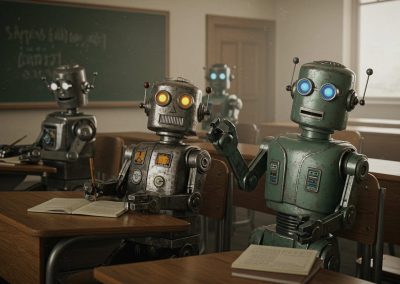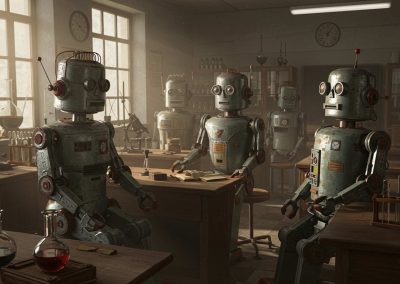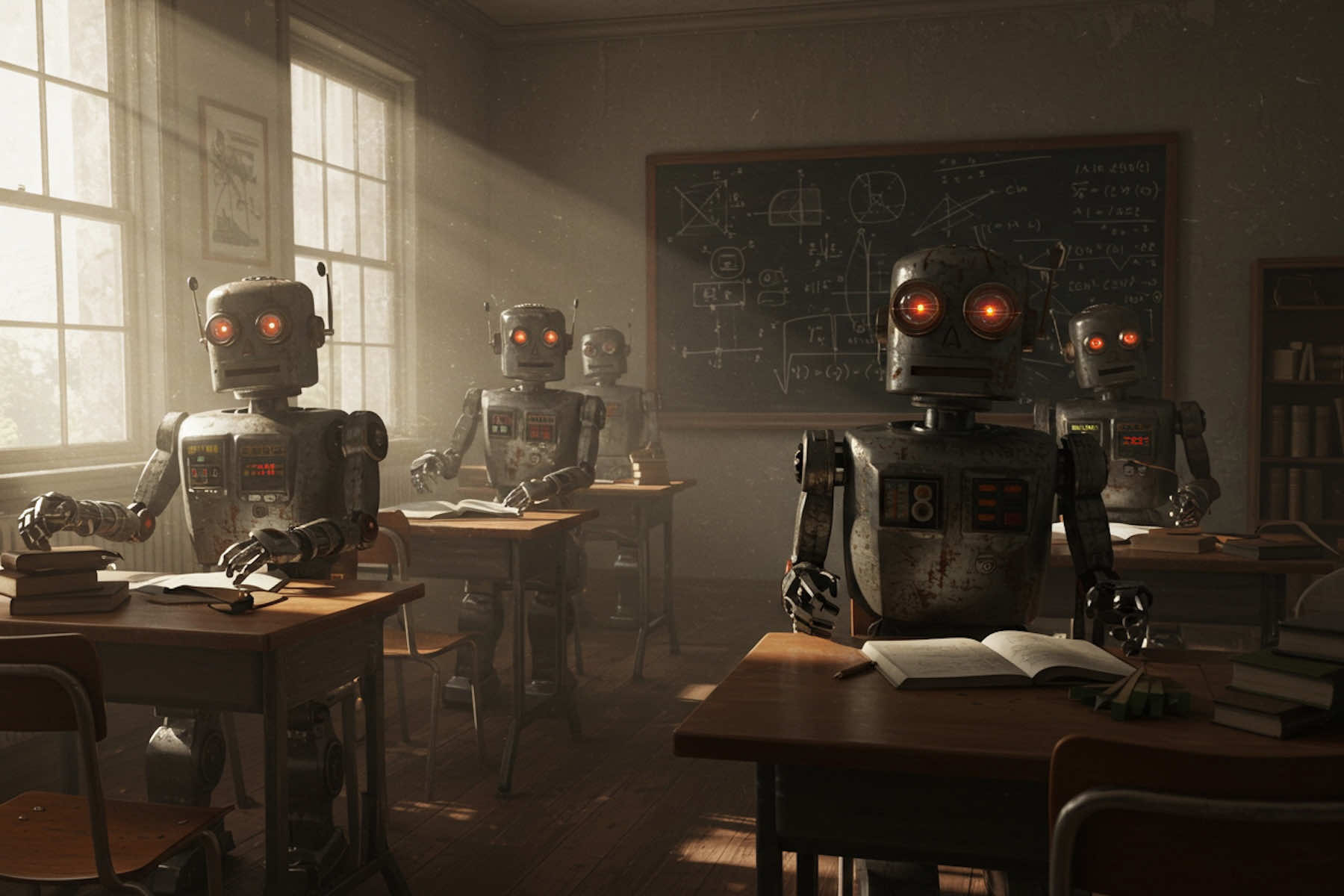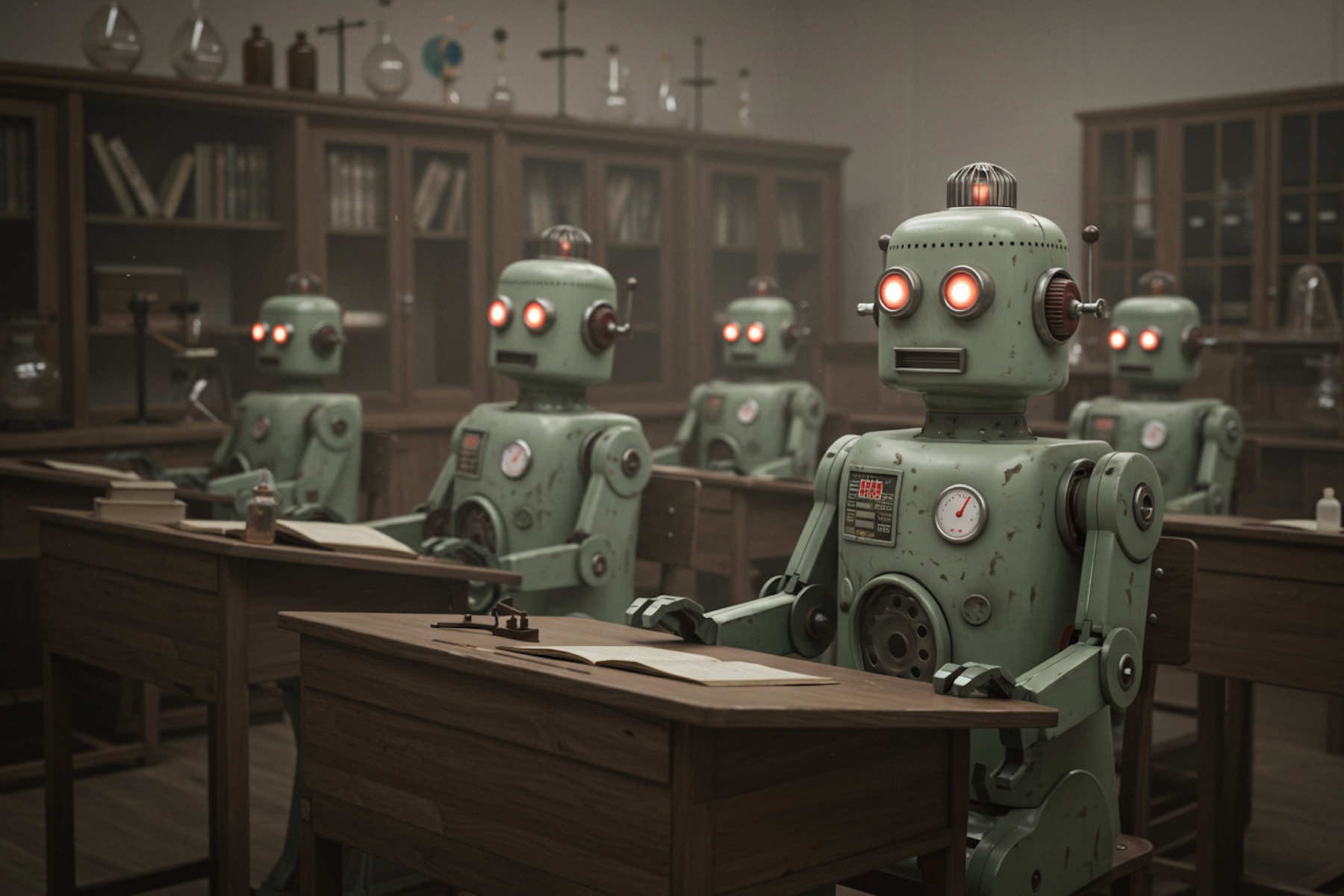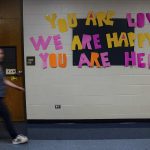
University instructors in Milwaukee and across the country are confronting an uncomfortable shift: students are increasingly submitting work that appears well-crafted, grammatically precise, and eerily impersonal. The hallmark of AI-generated writing.
The arrival of tools like ChatGPT and its competitors has fundamentally altered the educational landscape, rendering traditional assessments vulnerable to automation and exposing long-standing cracks in the academic system.
For generations, the college degree has served as a signal of individual effort, intellectual maturity, and subject mastery. But with artificial intelligence capable of generating essays, solving equations, and even programming entire applications, the line between student work and machine output has blurred to the point of collapse.
At the center of this shift lies a difficult question. If students no longer need to think, struggle, or even show up to succeed academically, what is the point of college?
The erosion of academic integrity is not new, but AI has made cheating both accessible and virtually undetectable. Whereas plagiarism once required copying from a peer or a published source, today’s students can input a vague prompt and receive a plausible response in seconds.
Unlike past methods, AI-generated content is often original in form, evading detection by plagiarism software and blending seamlessly with a student’s prior submissions. This technological advantage is not limited to elite institutions. It is widely available, free or low-cost, and already in widespread use.
Educators who rely on written assignments, take-home exams, or online discussion forums are especially vulnerable. Instructors in humanities and social sciences report sharp increases in suspicious work that lacks errors but also lacks voice.
In STEM fields, solutions to problem sets appear in formats identical to public AI outputs, often including step-by-step justifications that the student cannot replicate in person. The rise of this dynamic has placed unprecedented pressure on faculty to redesign curricula, often without institutional support or training in AI detection.
Colleges have begun responding, but most efforts remain fragmented and reactive. Some schools have modified honor codes to include language addressing generative AI. Others have purchased access to detection tools, which themselves face criticism for high error rates and limited transparency.
A handful of instructors have returned to in-person exams or oral assessments, though logistical constraints limit how broadly these methods can scale. The shift also highlights a broader philosophical divide about the role of AI in education. Some view its presence as inherently corrosive, a tool for deception that undermines the meritocratic ideal of academic performance.
Others argue that AI is now part of the intellectual toolkit and should be treated like any other research aid. In this view, banning AI use is both impractical and regressive, akin to disallowing calculators or spell checkers in prior eras. The tension between these positions is playing out in classrooms, administrative meetings, and curriculum design sessions across the country.
At the student level, attitudes toward AI usage vary widely. Some embrace it as a shortcut, using it to complete assignments with minimal effort. Others see it as a productivity tool that helps clarify ideas or correct grammar, but stop short of full substitution.
Still others express confusion, unsure of what constitutes acceptable use under vague or shifting guidelines. This ambiguity has become a feature of academic life, as institutions have struggled to articulate clear and enforceable policies.
Meanwhile, employers are beginning to question the reliability of academic credentials. As more graduates enter the workforce unable to demonstrate baseline competencies, hiring managers report growing skepticism about the value of a diploma.
This is especially acute in fields that depend on communication, analysis, or independent thinking, areas where AI can easily create the illusion of mastery. Some companies are turning to skills-based assessments or work samples, bypassing transcripts entirely. In doing so, they implicitly acknowledge that college no longer guarantees readiness or competence.
The ramifications extend beyond job readiness. If a college degree no longer reflects personal effort, intellectual development, or specialized knowledge, its symbolic value is diminished.
For students paying increasingly high tuition rates, the return on investment becomes harder to justify. And for faculty, the shift threatens to undermine the core purpose of their work, to guide students through the process of learning. Not simply to distribute credentials.
This crisis of credibility coincides with an enrollment downturn in many regions, compounding financial pressures already affecting higher education. Public trust in academic institutions is also under strain, with growing sentiment that colleges are slow to adapt, overly bureaucratic, and disconnected from real-world skills.
The emergence of AI has accelerated these perceptions, casting traditional academic structures as outdated and ill-equipped for the technological present.
Some institutions have responded by experimenting with alternative assessment models. In studio-based disciplines, where critique, iteration, and live feedback are standard, students are less able to rely solely on generative tools.
The same holds true in lab environments and capstone projects that require hands-on experimentation or real-world deliverables. These formats provide instructors with a clearer view of student progress, allowing for evaluation based on process rather than polished output.
However, these models are resource-intensive and often not feasible in large lecture settings or general education courses that rely on scalable testing methods.
Administrative reform has also lagged behind classroom innovation. University governance structures are slow to implement sweeping changes, especially when accountability for student outcomes remains loosely defined.
Without consistent enforcement or clear policy mandates, faculty are left to interpret AI guidelines on a case-by-case basis. This inconsistency contributes to a fragmented academic environment where expectations vary not only across departments but between individual courses.
The result is a landscape where students learn to navigate loopholes rather than engage with learning itself.
Complicating matters is the speed at which AI tools evolve. New platforms are released frequently, many of which include features specifically designed to mimic human writing patterns or bypass detection systems. These updates outpace institutional response cycles, leaving educators in a reactive posture.
As detection methods improve, so do the capabilities of the tools students are using. The dynamic resembles an arms race. It is one that colleges are ill-equipped to win using legacy infrastructure and outdated methods.
In parallel, there is a growing market for professional-grade AI tutoring services, some of which operate in legal gray areas. These platforms offer real-time assistance with exams, homework, and even full academic portfolios, for a fee.
Unlike simple chatbots, these services employ trained staff and adaptive algorithms to complete tasks on behalf of students, blurring the line between support and substitution. This commercialization of academic dishonesty poses additional challenges, particularly for enforcement across online learning contexts.
Online programs are especially vulnerable. The lack of physical presence, unsupervised testing conditions, and reliance on digital submission platforms create an environment where AI use is nearly impossible to monitor.
Even identity verification protocols do little to prevent third-party assistance or AI-enhanced workflows. As more universities expand virtual course offerings, they inadvertently scale the very vulnerabilities that compromise academic credibility. Efforts to implement proctoring software have faced backlash over privacy concerns, further complicating enforcement.
Beyond the classroom, the implications ripple into accreditation, public funding, and institutional legitimacy. If academic outcomes cannot be reliably authenticated, the foundational assumptions behind accreditation may falter.
Accrediting bodies rely on evidence of student learning and faculty oversight, both of which become questionable in a system permeated by automated assistance. At scale, this undermines not only individual institutions but also public trust in the value of higher education itself.
This erosion of trust has material consequences. Republican legislators in Wisconsin, with a history of cutting funds for education from the state budget and draining resources from schools and universities, could use these conditions to further withdraw support from what they perceive as ineffective or obsolete institutions.
Parents and students weighing tuition costs against career prospects may opt for alternative training programs, certifications, or direct-to-work pathways. Some are already doing so, especially in industries where demonstrated skills now matter more than diplomas. These shifts represent not just a critique of academia but a reevaluation of what education should deliver.
In light of these pressures, a small number of universities have begun to rethink their teaching models altogether. Some are integrating AI literacy into core curricula, teaching students how to work with, rather than against, these tools. Others are developing hybrid evaluation systems that combine traditional essays with live oral defense, or collaborative projects that require contribution tracking and peer review.
While not a solution, these efforts acknowledge the reality of AI’s presence and attempt to reclaim academic integrity by emphasizing human judgment and accountability. Whether such adaptations will succeed remains unclear.
But the pace of technological disruption shows no sign of slowing. Higher education faces competing demands to maintain rigor, scale access, and preserve credibility, all while navigating political, financial, and technological instability.
What is clear is that ignoring the problem is no longer a viable strategy. AI has exposed the fragility of the American educational system, built on assumptions of effort and authorship that no longer hold.
Unless institutions confront these contradictions head-on, the college degree may soon become a credential without substance.
© Photo
Cora Yalbrin (via ai@milwaukee)

